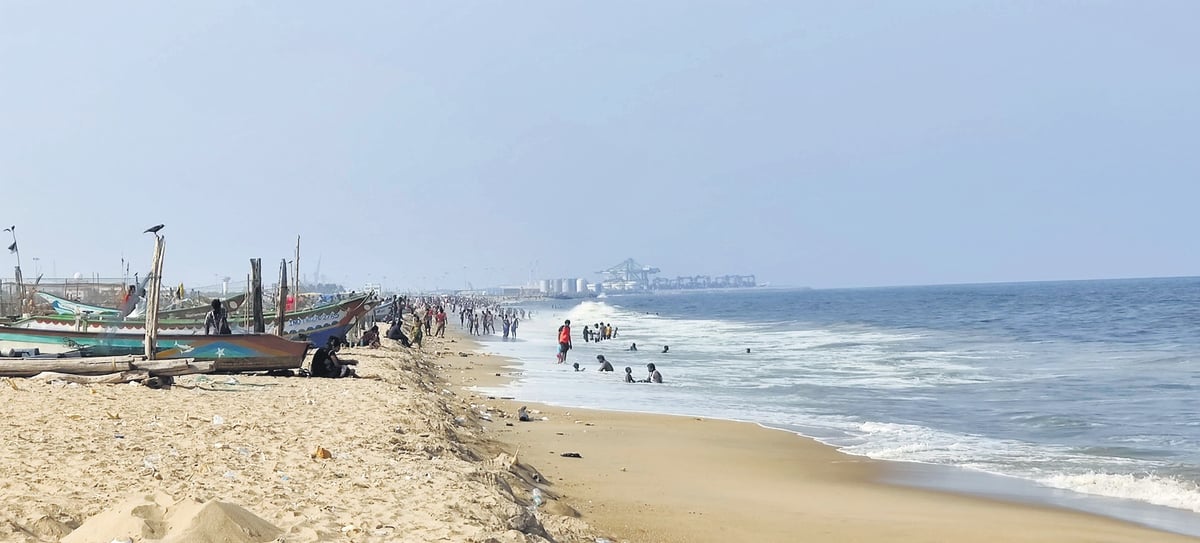THIRUVANANTHAPURAM: Residents of the 10 coastal districts will soon have access to detailed maps of the Coastal Zone Management Plan (CZMP), which regulates construction activity in the areas. The state government started preparing the maps after the Union ministry of environment, forest and climate change (MoEFCC) cleared the proposal for a new plan.
The fresh plan is considered a game changer as it offers relaxation on construction permits along sea and backwater coasts, benefiting close to 10 lakh people in Kasaragod, Kannur, Kozhikode, Malappuram, Thrissur, Ernakulam, Kottayam, Alappuzha, Kollam, and Thiruvananthapuram.
However, the state still needs to provide a detailed and accessible format of the maps for public use. The initial maps were submitted to the Union government at a scale of 1:25,000, but these will soon be expanded to a more detailed 1:4,000 scale. “The enhanced maps will be available to local bodies shortly, allowing officials and residents to verify construction permissions,” an official said.
The National Centre for Earth Science Studies (NCESS), empanelled by MoEFCC to draw up CZMP, has undertaken the preparation of the maps. Experts from the Kerala Coastal Zone Management Authority and the NCESS have been training the staff of local bodies to clear queries on CZMP.
As a result of the new CZMP, the state has secured relaxations in 66 panchayats where construction activities were previously heavily restricted. Notably, pokkali fields and nearby areas will be entirely excluded from coastal regulation zone (CRZ) norms.
Private landowners will be exempt from maintaining buffer zones around mangrove forests larger than 1,000 sqft, and the no-construction limit around inland waters will be reduced from 100m to 50m.
The CZMP draft was developed based on an expert panel report, consultations with the central government, and feedback from over 33,000 public complaints and suggestions.
CRZs are classified into CRZ-I, CRZ-II, and CRZ-III based on their proximity to the coastline and ecological sensitivity, with CRZ-II areas typically facing fewer development restrictions compared to CRZ-III. The state government has urged the Centre to classify an additional 109 urban panchayats under CRZ-II.
